The way we work and live is changing, with 90% of business operations supported by software. The digital-first transformation and Fourth Industrial Revolution have led to a drastically increased demand for the software developers who are fueling this technology.
With the shortage of software developers expected to reach 1.2 million by 2026, qualified developers are in demand, resulting in high salaries and excellent benefits. In this article, we’ll discuss how you can learn coding from scratch, and break into this lucrative field. This includes understanding the basics of programming, familiarizing yourself with different coding languages, and leveraging the various resources available for aspiring coders.
What Is Programming?
Programming is how you tell a computer what to do. Despite all of the buzz around artificial intelligence, computers don’t think. They can only do what they’re told, and they can only do it if they’re told in a specific manner. Computers only understand binary code: 1s and 0s. While you could program a computer in binary code, it would be very difficult and take a long time.
Programming languages fill the gap between how humans communicate and how computers communicate. A programming language lets us write instructions that are fairly easy for us to understand, and then translates those instructions so that a computer can understand them too.


Become a Software Engineer. Land a Job or Your Money Back.
Code in the industry's most widely used programming languages. Test your knowledge through job-ready projects. Work 1:1 with an industry mentor. Land a job — or your money back.
Why Learn Programming?
Computer programmers are highly paid and in-demand. Once you learn to program, you’ll have valuable and marketable skills. Currently, there are over 277,000 job listings for computer programmers on Indeed.com.
Programming is also useful to know. Computers do some jobs faster and better than humans. Programming lets you harness this power. When you learn to program, you learn to design solutions to your specific problems.
Instead of scanning the app store and settling on something that’s sort of what you want, you’ll be able to create exactly what you want. The opportunities to create something are only limited by your imagination and time.
What Does a Programmer Do?
Programmers write code for computer programs and applications. Although that sounds simple and uniform, it’s actually extremely broad and varied. In fact, one may even question, is coding hard to learn? Programmers create the software you use every day, from your banking app to your favorite streaming service. Every industry needs programmers, so you’ll have opportunities to work in whatever field interests you. A professional programmer might do any of the following and more:
- Write and test new software
- Update existing programs
- Correct problems with programs
- Test software security
- Maintain existing software
7 Steps To Learning To Program Like a Pro
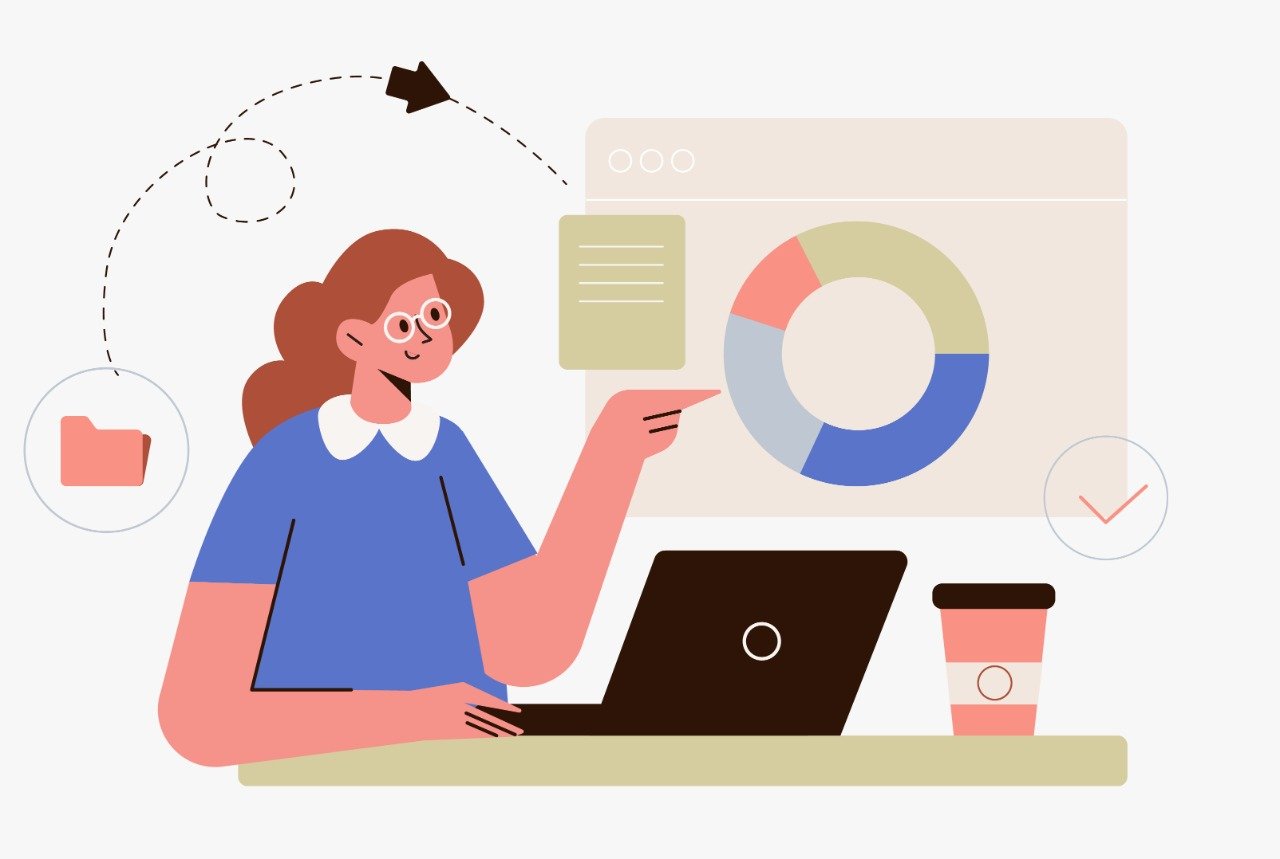
Learning to program isn’t easy. However, with the right mindset and dedication, almost anyone can learn to code. Before you start, you should have a plan and understand what’s involved. You will need to set aside time to study and practice, so if your schedule is already packed, you may need to wait until you have enough free time. Here are seven steps that will take you from a complete beginner to a working junior programmer.
-
Build Programming Fundamentals
-
Learn Programming Basics
-
Work on Projects
-
Learn the Basics of Computer Architecture
-
Level Up From Beginner to Pro
-
Apply for an Internship
-
Get a Job
1. Build Programming Fundamentals
There are many different opinions about which programming language is the best for beginners, but no matter which language you choose, there are some basic concepts you’ll need to understand. Learning these fundamentals will lay a solid foundation for learning any language. As a programmer, your first language is just the beginning. There are always new languages and technology to learn. Here are some of the most basic coding concepts:
Variables. You might remember the term variable from high school algebra. Don’t worry, you won’t have to solve any linear equations (that’s one thing computers do much better than people). Variables are used in every programming language. They’re a way to store information so you can use it later.
A common example of a variable is the email signup box on almost every website you visit. When you enter your email, it’s stored under a variable that’s probably named something like “emailaddress.” The programmer can then access all of the email addresses using that variable. That’s how marketers send you customized email messages.
If you’ve ever received an email addressed, “Hi, FirstName!” you’ve also seen this process go wrong.
Data structures. Data structures are collections of data that allow programmers to easily work with large amounts of data. In the example above, instead of creating a new variable for each email address, they’re all stored in a list under the variable “emailaddress.” A list is only one type of data structure. Some others include:
- Trees
- Arrays
- Tables
- Graphs
- Queues
- Heaps
- Stacks
Control structures. Control structures dictate a program’s direction flow. These commands tell a computer to analyze variables and then select which action to take next based on given parameters. A computer might start by executing commands in sequential order. When it comes to a predetermined condition, depending on the command, it will go in one direction or another.
Syntax. Every programming language has its own syntax. These are the rules that define the structure of the language. The syntax tells you exactly which words and symbols you need to use when you write your code. Because computers don’t think, you have to be very specific when writing code. At some point, every programmer has sat at the keyboard trying to figure out why their code wasn’t working only to realize they were missing something simple, like a semicolon.
Tools. There are a variety of tools that make programming easier. A tool is a software program, such as an integrated development environment (IDE), that checks your syntax for errors, organizes your files, and autocompletes lines of code for you.
Because these are foundational concepts that apply to every language, there are many resources for learning them. You just need to understand the concepts because you’ll learn about how they’re handled when you’re learning the programming language. Here are some resources for learning more about these programming fundamentals:
- Programming Fundamentals at Coursera
- Programming Fundamentals at Wikiversity
- Three Building Blocks of ANY Programming Language
- Crash Course Computer Science
2. Learn Programming Basics
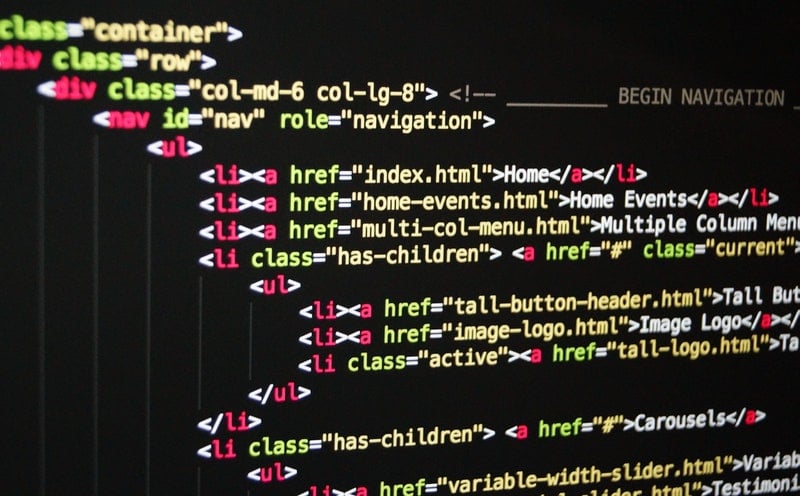
Your next step to coding like a pro is learning the basics of a language. If you have a specific reason for learning to code, you may already know which language you want to start with. For instance, if you want to study data science, R may be the best choice. If you just want to learn to program but haven’t decided where to start, several beginner-friendly languages are good starting points. Python is one of the easiest languages for beginners to pick up. C+ and Java are also fairly easy to learn.
3. Work on Projects
Although you’ll have to devote some time to reading or watching videos, the best way to learn to program is by working on real projects. Tutorials are fine for learning some concepts, but they aren’t as engaging as your own projects. When you build a project you’re interested in, you’ll quickly figure out what you don’t yet know. Tutorials have all of the problems solved in advance, so as long as you push the right buttons, you’ll finish them.
Working on a project allows you to both make and learn from your mistakes. It’s easy to think you’ve mastered a concept after hearing it or working through a tutorial. However, if you can’t apply it to a program you’re building, you won’t fully understand it.
How To Choose Programming Projects
Follow Your Interests
If you’re having trouble thinking of projects to work on, start with your own interests. Whether you enjoy gaming, crafting, or restoring old cars, you can create a coding project related to your hobby. Arduino projects can be a fun way to combine your hobbies with simple programming. For example, if you’re growing succulents, you can build a gauge that monitors the moisture level of the soil and notifies you when they need to be watered.
Start Simple
It’s best to start with simple projects. If you want to get into game design, you may be tempted to start trying to create the next massive online role-playing game. However, you’ll be better off creating something simple, such as an electronic version of Nim.
A static portfolio website is a simple option that can grow with you. You can show off what you know and add more complicated projects as you master more skills.
Create Something Useful
Think about the “sticking points” of your day. Do you run into the same problems or regularly have to do the same repetitive activities? Create something that will solve the problem or automate the work for you. Mine your community for ideas, too. Do the people in your clubs or organizations complain about the same issues often? See if you can brainstorm a solution. Real-world problem solving is a great addition to your portfolio.
Project Ideas
If you can’t think of anything or just want some inspiration, here are some beginner-level projects you can create:
- A countdown calendar to an anticipated event
- A web scraper to collect public data from a website
- An app that calculates something for you, such as how much pizza you should order based on your friends’ favorite toppings
- A Javascript slideshow
- A Twitter bot that automatically tweets lines from your favorite movie every day
- A recipe app
4. Learn the Basics of Computer Architecture
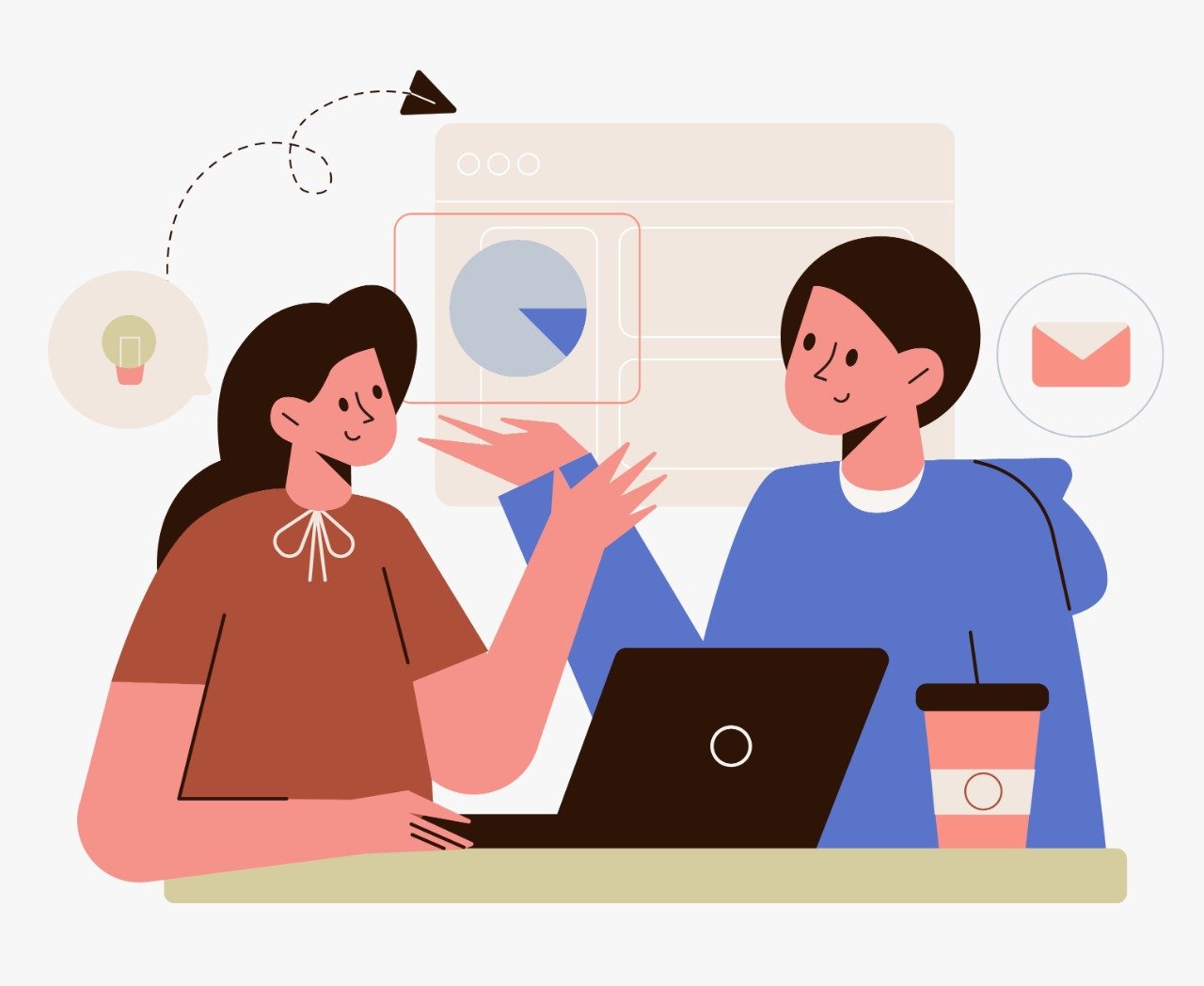
High-level languages are capable of abstraction. This largely eliminates the need for you to understand all of the hardware and network connections happening in the background. Even though you may not be working with computer architecture right away, understanding how computer systems work will make you a better programmer.
Computer Architecture
Here are the components that make up a computer system:
Input units. These are all of the devices used to provide data and control signals to your computer. Input units are items like a mouse, keyboard, memory stick, microphone, camera, etc. Programs that you write are also a type of input.
Storage units. These units store all of your data and instructions. Storage units also hold intermediate results that can be accessed later. The primary storage on a computer is the random access memory (RAM), which holds the executable memory. The secondary storage is the permanent memory on the computer.
Arithmetic and log unit (ALU). The ALU performs all of the calculations your computer needs to do. When your computer performs a calculation, the control unit transfers data from the storage unit to the ALU. Once the calculation is complete, the results are sent back to the storage unit.
Control unit. The control unit is comprised of the central processing unit (CPU) and the ALU. This is the “decision-making” unit that controls all of the other computer functions.
Output units. The output units of a computer consist of all of the hardware that converts the information you’ve requested into a readable form. The most common output units are monitors and printers.
Network Architecture
Network architecture refers to how data flows from one computer to another. There are many different ways to configure network architecture, but they all involve the following building blocks:
Hardware. Hardware is the equipment that makes up the components of the network. This includes user devices, routers, servers, and gateways.
Transmission media. Transmission media refers to how devices in a network are physically connected. These connections can be wired or wireless. Wired transmission media include coaxial and fiber optic cables. Wireless transmission media include radio and microwave signals.
Protocols. Protocols are the rules and models that govern how data is transferred from one device to another. They serve as a common language that allows different devices to communicate with each other.
Topology. Topology refers to how the network is wired together. Topology affects the speed at which data reaches its destination, which affects performance. There are different types of topology, each with its strengths and weaknesses.
5. Level Up From Beginner to Pro
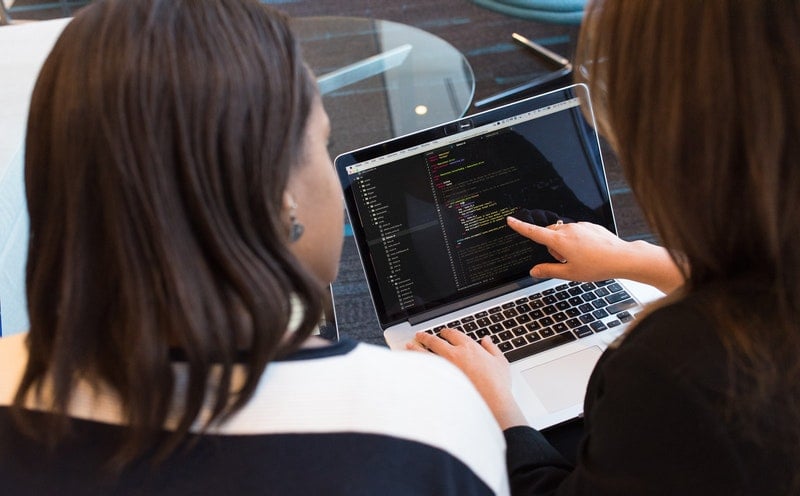
Once you’ve learned the basics, your journey will get harder. This is partly because, while there are so many resources for beginners, there aren’t as many for intermediate and advanced programmers. As your skill set grows, start working on projects that are beyond your current skill level. Another way to level up is to broaden your knowledge.
Practice Command Line Basics
The command line on your computer allows you to input commands with your keyboard instead of the graphical interface. Using the command line lets you understand exactly what’s happening on your computer when you interact with the graphical interface. You can use the command prompt to shut down your computer at a certain time, list all the programs on your computer, execute programs, and manipulate files.
Although the command line is harder to use than the graphical interface you’re used to, the benefits of learning the command line interface include:
- Faster management of your operating system
- The ability to store scripts that automate common, repetitive tasks
- Easier troubleshooting, particularly of network issues
- Greater control of your application or operating system
Work on HTML
HTML stands for Hypertext Markup Language and provides the structure of web pages. HTML isn’t a programming language. You can’t write executable commands in HTML. Instead, HTML uses tags to identify a web page’s elements. The tags identify attributes, such as headings, body, and paragraphs, that are used by web browsers to display the page.
There are three main parts to an HTML element:
- Opening tag, used to indicate where the element takes effect
- Content, which is the output that users see
- Closing tag, used to indicate where the element ends
By itself, HTML would produce bland and static websites. To create a responsive website, you need to combine HTML with CSS and Javascript.
Learn and Practice CSS
Cascading Style Sheets (CSS) tell a web browser how to display the web page. All web pages are affected by style sheets, even those that don’t have any specified by the developer. The default style sheet used by the browser is specified in the user agent style sheet.
CSS lets you position HTML elements anywhere on a page. It also lets you create responsive websites that appear differently on different devices. CSS also gives you the power to customize all elements of a website as well as create, maintain, and update style sheets on multiple web pages simultaneously.
Together, HTML, CSS, and Javascript control front-end web development.
Learn Javascript
Javascript is a scripting language used to create and control dynamic content on websites. Anything that changes on your screen without reloading the page is created with Javascript. Javascript is responsible for updating feeds, autocomplete suggestions, and buttons changing color when you hover over them.
Javascript is one of the most widely used programming languages. While it’s mostly used on the front end, it also has some uses on the back end. Even if you don’t plan to do front-end development, it’s important to understand how HTML, CSS, and Javascript work. CodePen is a fun community where you can do challenges and practice all of your front-end developing skills.
Ace Coding
Once you’ve learned front-end development, you’ll be ready to tackle back-end programming. Here are some essential skills for getting career-ready:
Learn Python. Python is one of the easiest languages to learn, although it takes some effort to master. It’s also one of the most popular programming languages in the world. There are many job opportunities for Python developers, making it a practical language to learn as well.
Enhance your Java knowledge. Java is widely used and fairly easy to learn, making it a good choice for a second language. Professional computer programmers usually know more than one programming language. Many of the skills you learn in your first language are transferable to other languages, so you won’t be starting from scratch.
Never stop learning. The tech landscape is constantly evolving. If you become a software developer, you’ll regularly be learning new skills. According to a survey by Gartner, one-third of skills listed in 2017 job postings are already outdated. In the fast-paced world of programming, learning is a way of life.
Get To Know Other Software Engineering Students
Rafael Alvarado
IT Support Engineer at Amazon
Elena Nurullina
Junior Web Developer at G/O Media
Jack Mayer
Software Engineer at Whitepages
6. Apply for an Internship
Once you’ve learned the basics of programming and put together a portfolio, start applying for internships. With the shortage of tech talent, you’d think that landing a programming job would be relatively easy. Unfortunately, that’s not usually how it works. In fact, it can be hard to get your first position. An impressive portfolio is a must, especially if you’re a self-taught programmer.
Spend time on sites like LeetCode to get ready for a technical interview. In addition to searching job boards for internships, take advantage of networking opportunities. Keep your professional profile updated with your career goals and progress. Attending tech meetups and hackathons can also help you discover internship opportunities.
7. Get a Job
After your internship ends, you’ll be able to add some real-world experience to your resume, cementing your readiness to apply for a job. Don’t be afraid to leverage your professional connections. Let everyone know you’re looking for a job. And keep up your personal projects, as this is an area where you can really spotlight your full range of skills.
Can You Learn Programming on Your Own?
Yes. It is completely possible to learn to program on your own. There are many self-paced courses available on sites like Coursera and Udemy. You can also learn from YouTube tutorials, blogs, and books. Whatever your preferred learning style, you can find a course that suits it. Springboard combines self-paced classes with career guidance. They even have a job guarantee for students who meet eligibility requirements.
No matter which education path you choose, it’s important to practice the skills you learn along the way. Try implementing coding challenges from Codewars into your daily routine to reinforce new concepts and to pick up skills from other users.
What To Do if You Feel Stuck on Your Learning Journey?

You’ll be better prepared for future obstacles if you expect them from the beginning. Most people have a honeymoon period when they first start learning to program. Learning something new is fun, and most of what you’re learning is pretty easy at first. However, there will inevitably come a time when you get stuck on a difficult part.
You might run into a lesson that’s more technical than what you’re used to. Or, you might just get tired of spending all of your free time studying. Whether it’s boredom or difficulty, the only answer is to press on.
If you’re having trouble understanding something, look for other resources. If you’ve been reading, try watching a video. Join a forum dedicated to the language you’re learning and ask for help there. If nothing is helping, come back to it later. Often your brain will be able to better process what you’ve learned after a break.
If you’re tempted to quit because of boredom, then double down. Although it can be tempting to take a short break, it’s too easy for a temporary break to turn into a permanent one. Try to do some coding every day or at least five to six days per week.
Starting a new project is also a good way to reignite your interest. And finding a study buddy can help with accountability. You can help keep each other on track to meet your goals.
Programming FAQs
Which Is the Best Programming Language To Learn?
There’s no best programming language to learn. Each comes with benefits and drawbacks. Some are better for particular use cases. If you’re learning to program for a specific purpose, choose the language best suited for that purpose. If you want to keep your options open and find a high-paying job, two of the best programming languages to learn are:
1. Python is one of the most widely used programming languages. It’s easy to learn and versatile. Python is used in applications as varied as video game development, animation, and scientific computation. The average annual salary for a Python developer is over $111,000.
2. Java is another versatile language that’s easy to learn. As a Write Once, Run Anywhere (WORA) language, it can be used on any platform. The average annual salary for a Java developer is over $106,000.
Which Is the Easiest Programming Language To Learn?
Python’s straightforward syntax and focus on simplicity make it one of the easiest languages to learn. You’ll be able to start quickly creating real projects with Python. Because Python is so widely used, there are many free resources available for learning it.
Is Software Engineering a Good Career?
Software engineering is an excellent career. The job prospects for software engineers are expected to grow 22% over the next 10 years, which is much faster than average. Additionally, software developer is ranked in the top five best jobs overall by U.S. News & World Report. Software developers are paid well, enjoy a lot of flexibility, and have many opportunities for upward career growth.
Since you’re here…
Were you one of the tens of thousands of workers impacted by this year’s tech layoffs? Springboard wants to help. Our new Career Reboot Scholarship is intended to assist job seekers from tech looking to upskill, reskill and stand out in a competitive hiring environment. Get $1,000 off any Springboard bootcamp in software engineering, data analytics, UX design, cybersecurity, tech sales, and more. Visit this page for eligibility requirements and to apply.
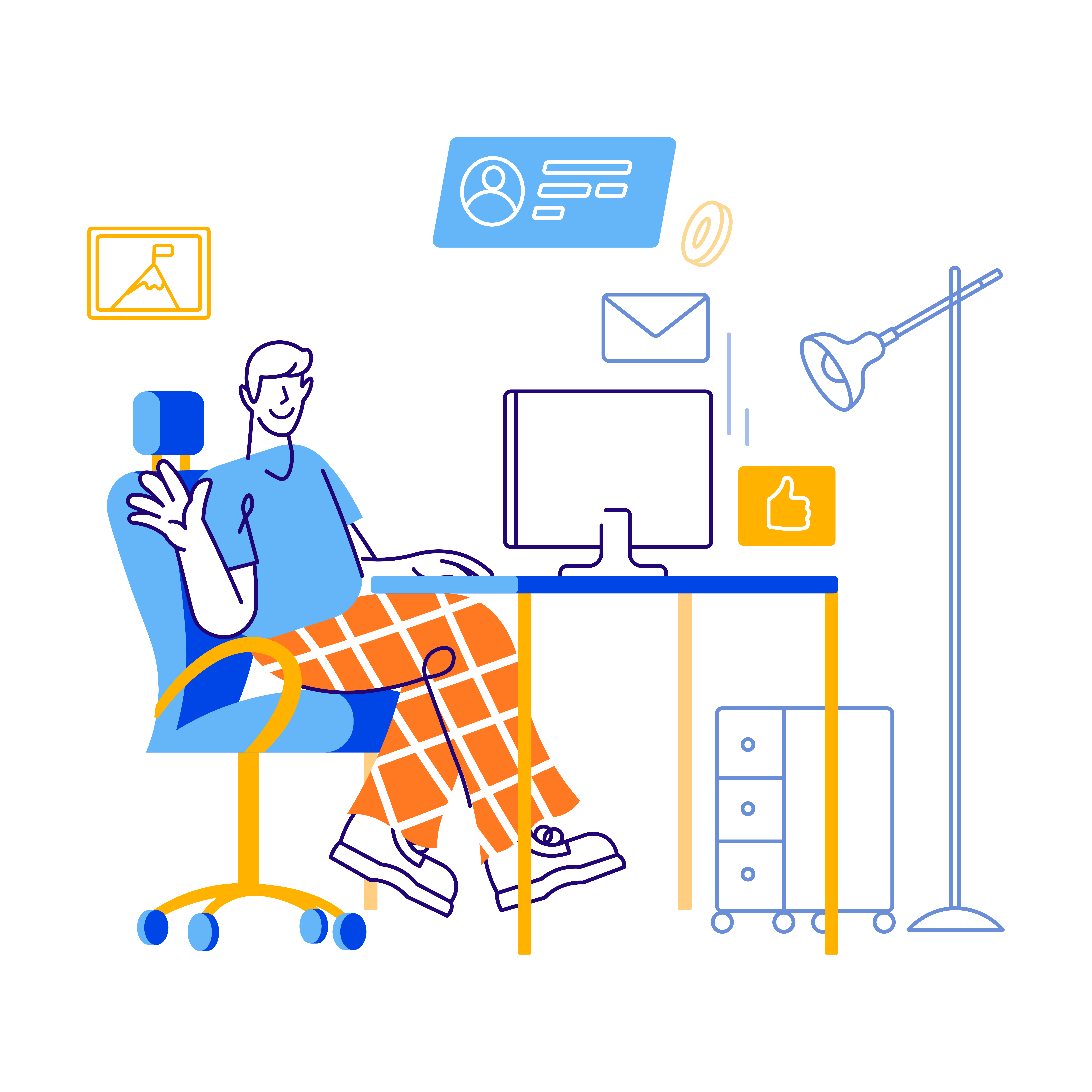



![How to Become a Front-End Developer in 2023 [Career Guide]](https://www.springboard.com/blog/wp-content/uploads/2023/02/how-to-become-a-front-end-developer-in-2023-career-guide.jpg)
![What Is Software Engineering [2023 Overview Guide]](https://www.springboard.com/blog/wp-content/uploads/2023/06/what-is-software-engineering-2023-overview-guide-380x235.jpeg)
